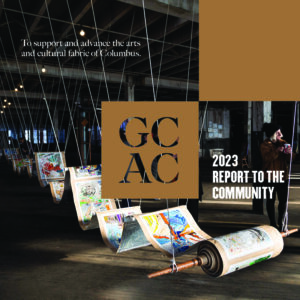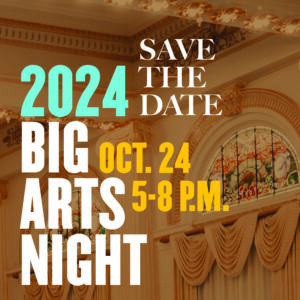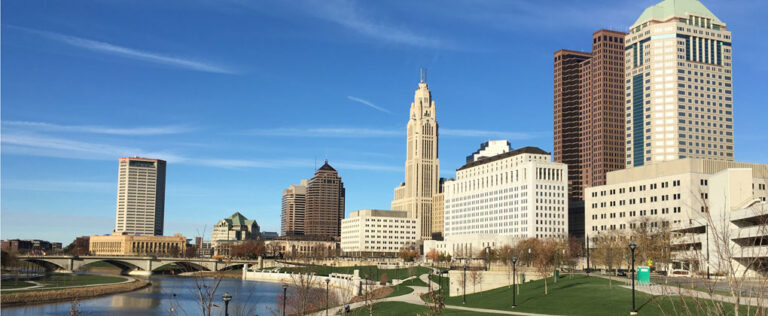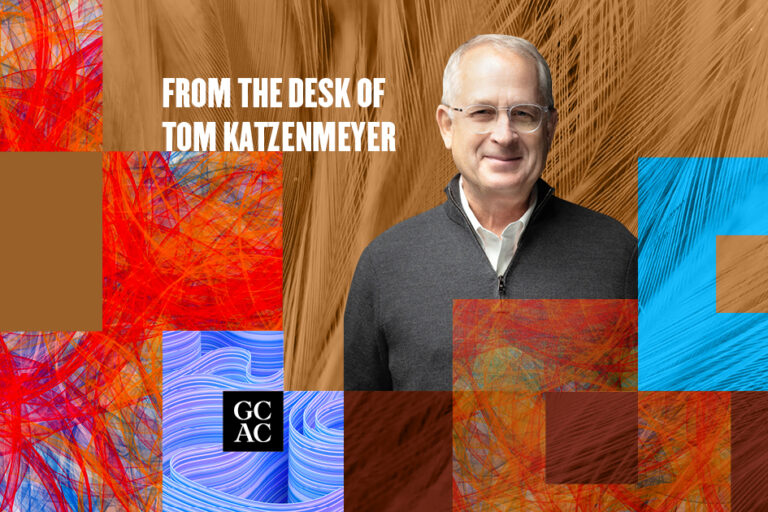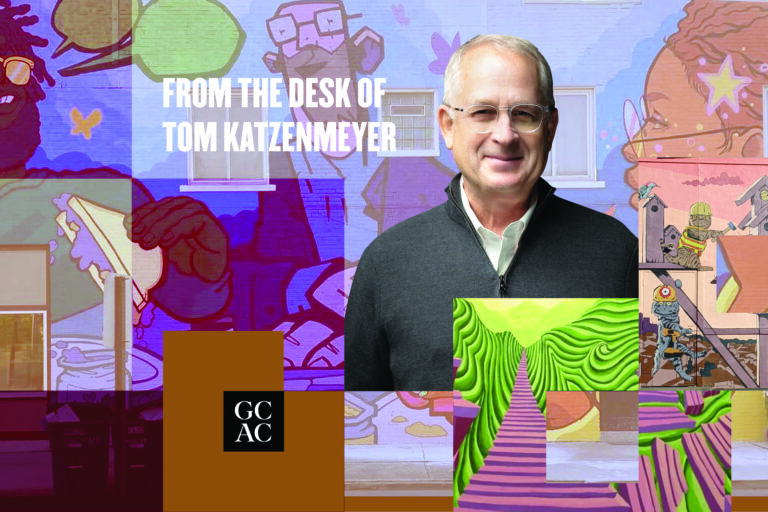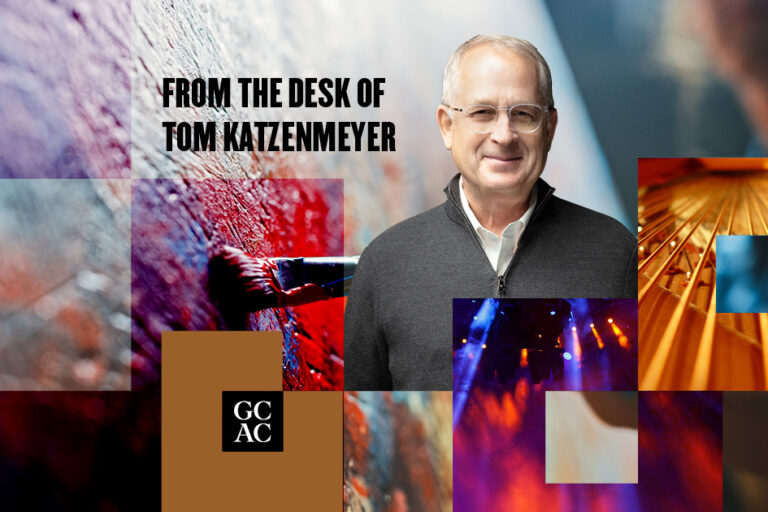I consider myself well informed about what our arts and cultural nonprofits are doing for the community, but even I was pleasantly surprised when I had the opportunity recently to read some more in-depth accounts of our cultural organizations’ access and outreach initiatives.
I’d like to share what I learned. Consider this a public service announcement—the more you know!
First let me point out that when we talk about access there are many barriers that can keep people from experiencing the benefits of art. Some include transportation, age, physical or mental disabilities, arts background, education and socioeconomic status. And, when we talk about outreach it isn’t just about organizations getting out of their usual physical spaces, it is also about introducing and integrating arts and creative thinking in unexpected mental spaces.
When I talk with people about the arts getting out into the community, they tend to think first about K-12 education. That’s important and our organizations are doing amazing things to supplement access to arts education such as the Columbus Museum of Art work with every Columbus Public Schools 5th grade student and ProMusica’s Play Us Forward program. But today I’d like to share some initiatives you may not be aware of.
There are some great conversations happening around understanding what a food desert is and the negative ripple effect that the lack of access to healthy food has on a neighborhood. Franklin Park Conservatory and Botanical Garden’s Growing to Green project has established 300 community gardens and now supports 3,250 community gardeners annually, and they run a summer food program in partnership with community centers across the city. Last year the Wexner Center for the Arts joined the conversation by partnering with artists David Burns and Austine Young, two of the founders of the Fallen Fruit project. Columbus joined cities such as Portland, OR; Buffalo, NY; and Los Angeles in developing site specific installations. The Columbus project combined community outreach, collaborative projects, an exhibition and the lasting legacy of public fruit parks in Weiland Park and on the south side.
The impact of the arts on mental wellness is well documented and Columbus nonprofit arts organizations have developed amazing programs to serve people dealing with everything from autism, PTSD and brain injuries, to Alzheimer’s.
More and more organizations are offering special sensory programming that makes theater and film accessible for people with autism and the elderly. Often the lighting and sound effects used in live productions and film can hamper enjoyment for these audiences. CATCO, Columbus Children’s Theatre and Gateway Film Center have all invested in sensory-friendly performances and screenings. COSI, an organization that understands that their brain-stimulating programming could overload anyone’s senses, offers a calming room along on the first floor and a video on their website to guide parents of autistic children in their visit. For a short round-up of sensory programming, see Dispatch reporter Eric Lagatta’s great article from last July.
The Columbus Museum of Art (CMA) partners with the Association for Developmentally Disabled to provide regular tours and studio exploration for adults with disabilities, as well as the Central Ohio Alzheimer’s Association to provide the monthly Sparking Imagination tour for patients with Alzheimer’s or dementia and their caregivers. CMA also partners with VSA, Autism Speaks and OSU Medicine and the Arts program. The Wexner Center has a series of Arts & Resilience programs, including Art on the Brain and Vets at the Wex, working in partnership with the Chalmers P. Wylie VA Ambulatory Care Center.
Several art programs have been developed to serve incarcerated populations—many of whom are dealing with PTSD and addiction. Harmony Project is a nonprofit that not only serves incarcerated women, giving them a therapeutic outlet through music, but their mission is as rooted in service as it is in music. And, the Columbus Symphony partners with Franklin County Juvenile Detention Center, the OSU James Cancer Hospital and Solove Research Institute, and senior/retirement centers to provide community outreach concerts.
Our arts organizations get out into the community. They are in our schools offering arts education that ranges from music to visual arts to literary arts. They offer free and reduced programming every week. And they are collaborating with diverse organizations to provide free concerts, arts events, and engaging activities to highly underserved audiences.
Our community is richer because of the innovative and creative outreach work of our nonprofit sector. Subscriptions and ticket prices could never cover the wealth of programming that our nonprofit arts and cultural organizations provide, which is why public support through organizations like the Greater Columbus Arts Council is so important.

